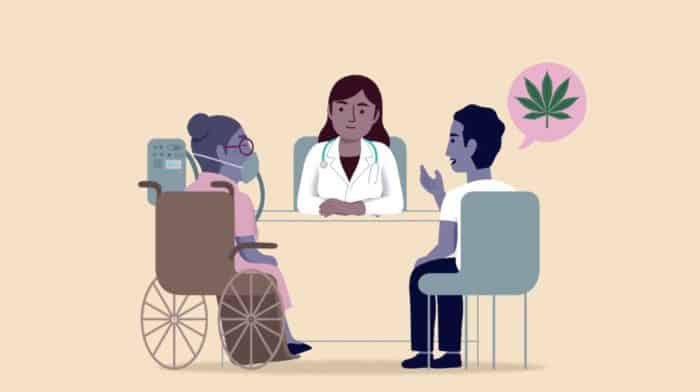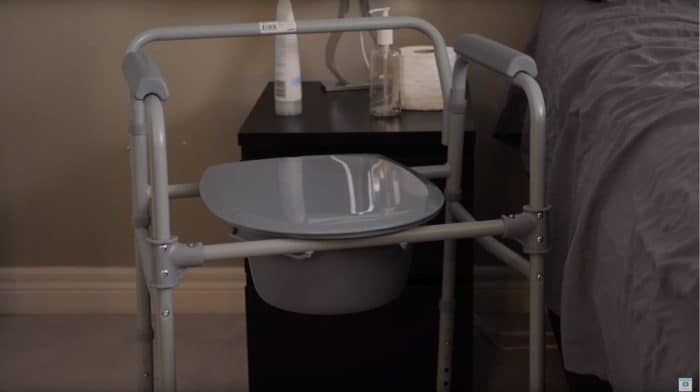How To Use Medical Personal Protective Equipment
Sometimes the person you’re caring for will get an infection or disease that can spread to other people they have contact with. Knowing this can be frightening and might make you feel uneasy giving care in this situation–not just for you, but for family and visitors as well. In this video, we’ll review the equipment that will keep you safe. We call these products personal protective equipment or PPE and we’ll teach you how to use it properly to make sure you have the tools to keep everyone safe at home.
Sometimes the person you’re caring for will get an infection or disease that can spread to other people they have contact with.
This can be frightening for you, other family members or visitors and very isolating for the person you’re caring for.
In this video, we’ll review the equipment that will keep you safe. We call these products personal protective equipment or PPE and we’ll teach you how to use it properly to make sure you have the tools to keep everyone safe at home.
Let’s try it!
The PPE you’ll need will depend on the type of infection or disease you may be coming in contact with.
Your local health care team will let you know what type of PPE you’ll need to wear based on the health history of the person you’re caring for.
The most common types of PPE that you might need would be;
Disposable gloves will protect your hands.
A gown that will protect your skin and clothes, a disposable gown is best at home because you can just throw them out. They might be provided for you by your local government services, so check in with them if you need some.
Masks will help protect you from breathing in something dangerous and can be regular masks like this or an N95 respirator mask.
You also may need goggles to protect your eyes. If you normally wear glasses, choose a pair of goggles that will fit over your glasses comfortably.
The most important thing you can do to prevent the spread of diseases and infections is to wash your hands, so start by washing your hands.
For more information about handwashing, click here to watch a video about that.
There is a special order that you should follow when putting on and taking off PPE
Start by putting on your gown first,
To properly put on a gown you would put the gown on with the opening in the back then tie up the strings at the neck and waist.
Next, put on your mask and goggles
To wear a mask, put the mask over your nose, mouth, and chin.
If the mask has ties, tie them up behind your head. Some masks have elastic that fits around your ears, those are a little easier to use
Some masks will have a flexible metal piece that helps it fit around your nose. You can press this into place easily
If you need to use an N95 respirator mask, each mask will have a specific way for you to use them and you will have to be properly fitted for one. If you’ve been fitted for one, the technician that did the test will show you how to use them.
The good news is that it’s very rare to use N95 masks at home
Next put on goggles like a normal pair of glasses.
Always put on your gloves last.
Gloves will stick to any wetness and it makes them a lot harder to get on, so make sure your hands are dried well
Once your hands are dry, pull your gloves on, with the opening over the edge of the gown sleeves
When you take off PPE,
Take off your gloves first.
To remove the gloves, pull from the outside edge near your wrist and turn the glove inside out as you remove it.
Hold the first glove you removed in your other hand and use the same motion as before to turn your glove inside out. This time the other glove will be inside.
If at any point when removing your PPE your hands get visibly dirty, wash them thoroughly before removing the next item.
Next, take off your gown by carefully opening the ties and pulling the gown off from your neck and shoulders pulling it forward and wrapping it into itself.
Finish by removing your goggles and removing your mask. Do this by undoing the ties or remove the elastic and try not to touch your face as you remove it.
Finally, wash your hands and you’re good to go!
It can be frightening to think about dealing with diseases or infections at home, but as long as you take the steps to protect yourself the risk is very low.
For more videos for caregivers, visit our CareChannel.






